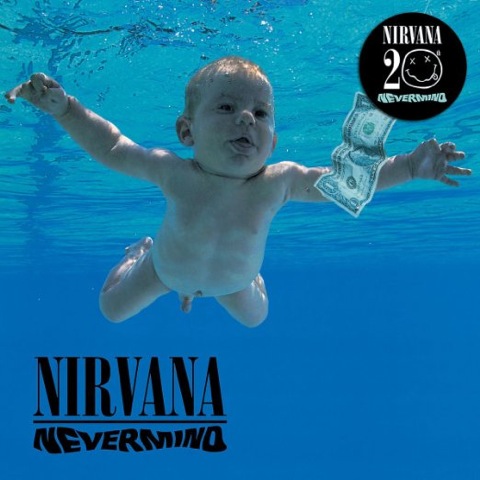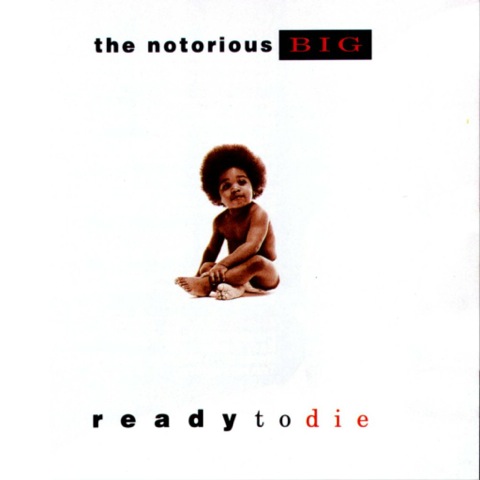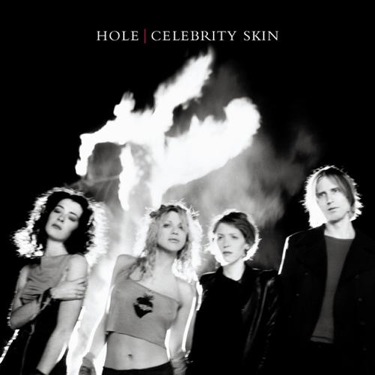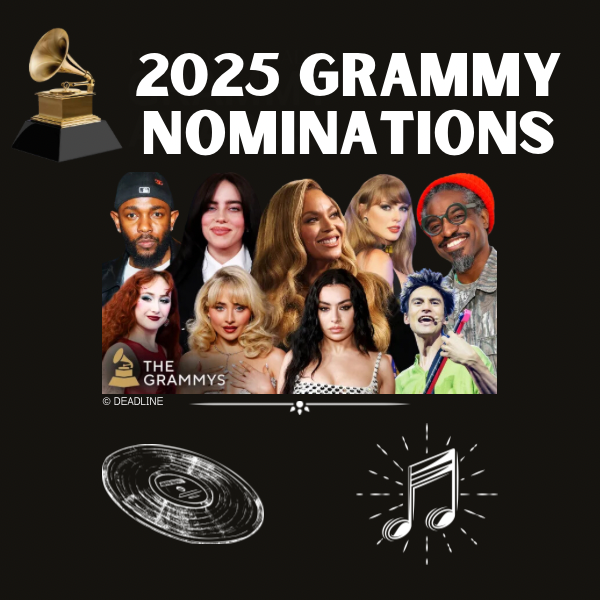Nothing defines an era quite as thoroughly as the albums that constantly played on the radio during it. For decades, public figures known as musicians have been recognized as a representation of the pop culture of that time, a culture that society adapts to quite often as trends and tastes transform. Musicians incorporate into their work the shared themes of the generation of which they belong, expressing several unifying components of that era. When an album is completed and released to the public, it’s a musician’s way of summarizing the way things are and the way things should be. Albums are like journals in that sense. Years later when society has transitioned into a new decade, they are able to keep reminders of how people once felt in the form of albums.
The nineties welcomed new forms of older genres. Rock had existed for many years, but with the nineties came alternative, grunge and punk. Pop and Hip-Hop too were reintroduced and adjusted to the newer culture. With this came the formation of several groups. But not all nineties music was group and bands. Singers and songwriters also became more popular. For females, the nineties were empowering. For everyone, the nineties stood out because of its music, which challenged the sounds of previous decades and built from those to create something new. And for generation Y, nineties music served as a bold introduction to the world.
Alternative

If you were over the age of five during the early nineties, alternative is most likely the genre that comes to mind when you think of the top hits. Classifying a song as alternative is easy because of how broad the genre is. In 1991, The Red Hot Chili Peppers released an album, Blood Sugar Sex Magic, which included their hit song, “Under the Bridge.” They also released Californiacation in 1999, which included “Scar Tissue”, another famous hit. Boom boxes everywhere were playing alternative groups: Radiohead, Screaming Trees, The Lemonheads and Oasis. The list of alternative hits from the nineties could cover pages; “Two Princes,” “One Headlight”, “Good”, “Loser” and “Shine” were just a few.
Happy Mondays had more of an upbeat funk feel than many other bands, but their album, Pills ‘N’ Thrills And Bellyaches (1990), was an essential part of nineties music. Cake was another alternative band with a unique style that was somewhat robotic but catchy nonetheless. Radiohead’s album, The Bends (1995) included many calmer songs like “High and Dry” and “Fake Plastic Trees,” but each were exuberant in emotion. Also in 1995, Oasis released the timeless song, “Wonderwall”, also slower but emotional. Alternative music occupies a huge fraction of the music that played throughout the decade. Several newer genres began to stem off of alternative as well, especially grunge and punk.
Grunge

Grunge is the name that was given to the sub-genre of alternative-rock that emerged just before the nineties decade. The title is a good fit for the style of the music which could be described as having a dirty, gritty sound. Grunge songs typically had lyrics often reflecting the songwriter’s angst towards something. Most grunge songs reflected someone who was upset or enraged by society. The genre was forceful and influential because many people found ways to relate to the songs.
There was one band that captured everything that grunge is and incorporated it into each of their songs, Nirvana. In 1991, they released the powerful album, Nevermind, which includes the songs “Smells Like Teen Spirit”, “Lithium”, and “Come As You Are”, making it possibly the most influential rock album of the decade. Two years later, In Utero was released, which included the songs “Heart-Shaped Box” and “Serve the Servants.” Just one year after that album, the lead singer ended his own life. Kurt Cobain became a symbol of a generation that had grown sick and tired of society and yearned for an outlet. Unfortunately, he never got enough of it to be entirely content. His wife, Courtney Love, also played a role in the legacy of nineties music.
Hip-Hop & R&B

Today, people refer to nineties hip-hop as “old school”, but at the time it was fresh and exciting. The greatness of nineties hip-hop is that even when it stops being considered “innovative”, it still is enjoyable to bump on the loud speakers at parties a decade later. Therefore, Hip-Hop groups provided people with upbeat party music that has no expiration date. Cypress Hill, Wu-Tang Clan, House of Pain, A Tribe Called Quest, and Salt-N-Pepa were some of the most played groups. In addition, there were the more R&B type groups including Destiny’s Child and TLC. TLC’s album CrazySexyCool (1994) includes several songs that continue to be played today.
Rappers also crept up into the hip-hop scene, many leaving a legacy that would last far beyond the decade. Some of the popular rappers were Ice Cube, Dr. Dre, Easy-E, Notorious B.I.G., and 2Pac. Notorious B.I.G. dropped his album, Ready to Die, in 1994, giving fans something to listen to that was raw, real, and sometimes difficult to relate to because of the harsh truths in the songs’ lyrics. Because of Biggie and 2Pac’s bold existence in the music scene and mysterious exit, they continue to be remembered and discussed today.
Teen Pop

For Generation Y, which is mostly composed of people who made their entrance into the world during this decade, teen pop was the soundtrack to childhood. It was what you played on your Sony Walkman on the school bus to Elementary School. Girl and boy groups with synchronized dance routines and flashy outfits released hit songs that would remain on the Billboard Top 100 chart for weeks, thanks to the millions of seven year olds playing songs like “Wannabe”, by The Spice Girls, on repeat at their birthday parties. The Backstreet Boys and NSYNC were every young fan girl’s dream team of boys. And of course, there were also pop stars everywhere turned. Christina Aguilera and Britney Spears will go down in history as two of the most popular pop stars of the nineties.
Girl Power

The nineties were empowering for women because it was during that decade that the third wave of feminism spread across the states. Females began to develop a more bad-ass, fearless mentality and expressed it with music. Several rock groups were led by females; including No Doubt, Hole, Garbage, and 4 Non Blondes. Courtney Love, Kurt Cobain’s wife, was the front woman of the grunge girl group, Hole, which released the album, Live Through This in 1994 and the album Celebrity Skin in 1998. The nineties were all about women with a voice. Songs like “Whats Up?”, by 4 Non-Blondes and “Paranoid” by Garbage are perfect examples of that mentality. In addition to groups, female songwriters including Alanis Morrisette, Meredith Brooks, and Sinead O’Connor also made their mark in the form of songs.
The nineties were years of expression, experimentation, and emotion. The recurring themes of the decade become obvious in the music genres that emerged during it. When a song plays, it is immediately clear whether that song came out during the nineties because there is a distinct energy about nineties music that anyone who experienced it will always feel.
Graphic by Alex Smith



